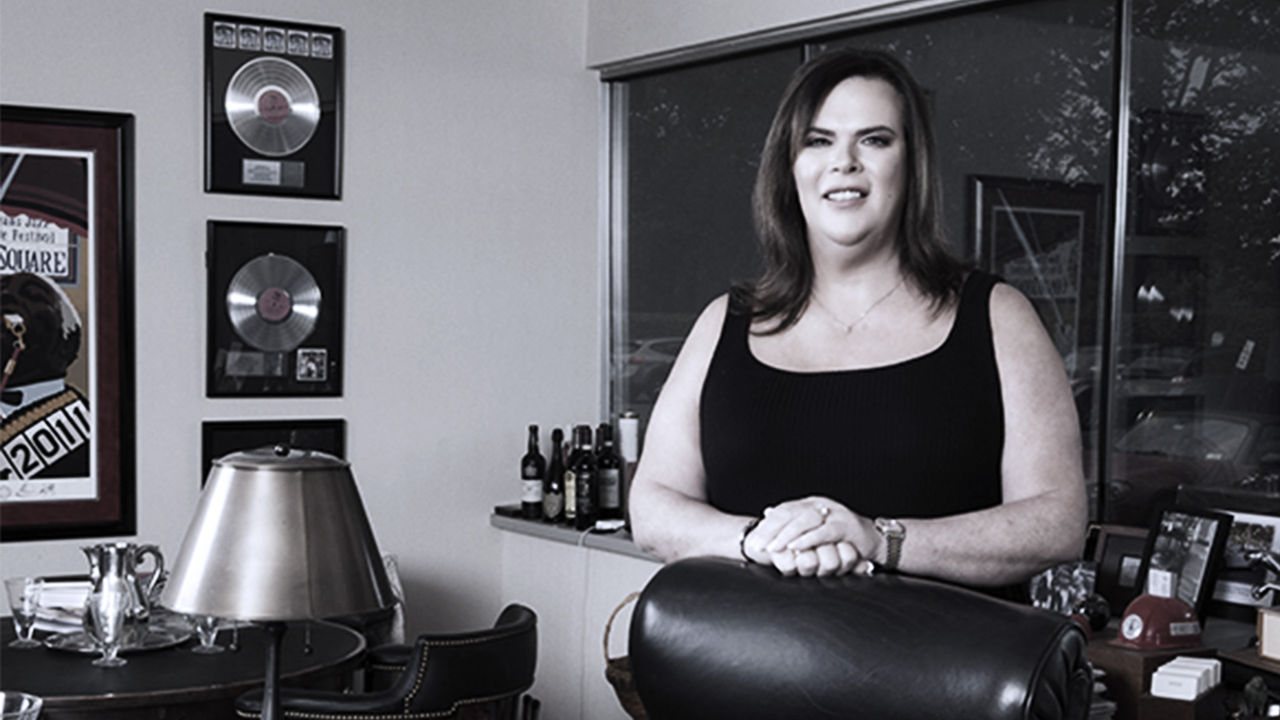For any transgender individual, coming out can be a harrowing experience. There are thoughts of which people will support you—and which people may not—as well as worry about how you may look or come across to people who may have known you for a long time. There’s also increased concern these days, given the onslaught of anti-trans rhetoric and legislation.
Everyone’s coming-out story is unique, and mine was especially different because I was the CEO of a company when I began my transition. There are very few transgender CEOs in the world, and even fewer who transitioned later in life, like I did.
My story stands as a spotlight for transgender visibility within the C-suite. It was a move that had been a long time coming and one that serves as an example of increased visibility for transgender people overall.
Transitioning While CEO
I was already a CEO when I transitioned. I sent an email to my entire company explaining that the next day, I was going to show up at work as “Wynne” for the first time. I chose this approach to prepare my colleagues for what they would see when I walked through the office doors the following morning.
Before I made this announcement, I had taken a few weeks off to get my transition documents in order and had a surgical procedure performed as part of my transition. Everything was very organized and intentional, and I primarily used email and snail mail to let everyone in my professional life know about my transition. The response from my colleagues and employees at work was overwhelmingly positive, which set my mind at ease as I settled into my new life.
Within our business and as CEO, I dealt with many channels, including team members, managers, vendors, business partners and clients. But looking back, I realize this made my transition as a CEO different from the transition of someone not in a high-level position. It added a little “something extra” that I had to consider.
I approached my coming out at work with authenticity and honesty, not shying away from answering questions truthfully when people asked. When people made mistakes with pronouns, I politely corrected them, because the fact that they were willing to try—and ready to make space for my transition—was the important thing. As more people got to know “Wynne,” the acceptance blossomed. Eventually, what had been new and unfamiliar just became normal.
Increasing Visibility
For a year or two, I was quiet about my story. I was happy with my transition, and I just wanted to live my life without a lot of unnecessary attention. But given the increased scrutiny that trans people are experiencing as of late, I felt I needed to tell my story further and to a wider audience.
I knew that if someone could see a higher-profile CEO had come out and was accepted within the rather conservative world of insurance, others could come out, as well. I realized that by telling my story, I could help normalize the transgender experience and garner more support for transgender people in general.
Trans people have existed throughout history, but positive stories about them are still needed today to increase visibility in a better light. Studies have found that the way trans people are portrayed in the media matters in terms of acceptance and fighting marginalization.
It can be easy to fear transitioning if someone works in a higher-level position. For starters, they have more eyes on them. But they may also feel that because they have employees who rely on them, they are putting other people’s jobs in jeopardy by transitioning, especially if they work in a more conservative industry.
This is why I decided to be open about my story. By being open about the transition process, I can show that even those in the C-suite needn’t fear transition. After all, one cannot wall themselves off if they want help. To gain support and helpful visibility, people like me who have transitioned and maintained a C-suite position must take the initiative by speaking up.
Although great strides have been made for transgender people, they still face a glass ceiling when it comes to accessing the C-suite. In a recent poll, McKinsey found that a very low number of transgender workers (only 14 percent) have seen people in leadership positions that look like them.
Without leaders stepping forward to show that trans people belong in the C-suite, the glass ceiling will continue to keep people down. I’m hoping that, by telling my story, I can show there are happy stories to be told.
Wynne Nowland is the CEO of Bradley & Parker, a 70-employee insurance, risk management and financial services firm headquartered in Melville, N.Y.
An organization run by AI is not a futuristic concept. Such technology is already a part of many workplaces and will continue to shape the labor market and HR. Here's how employers and employees can successfully manage generative AI and other AI-powered systems.




